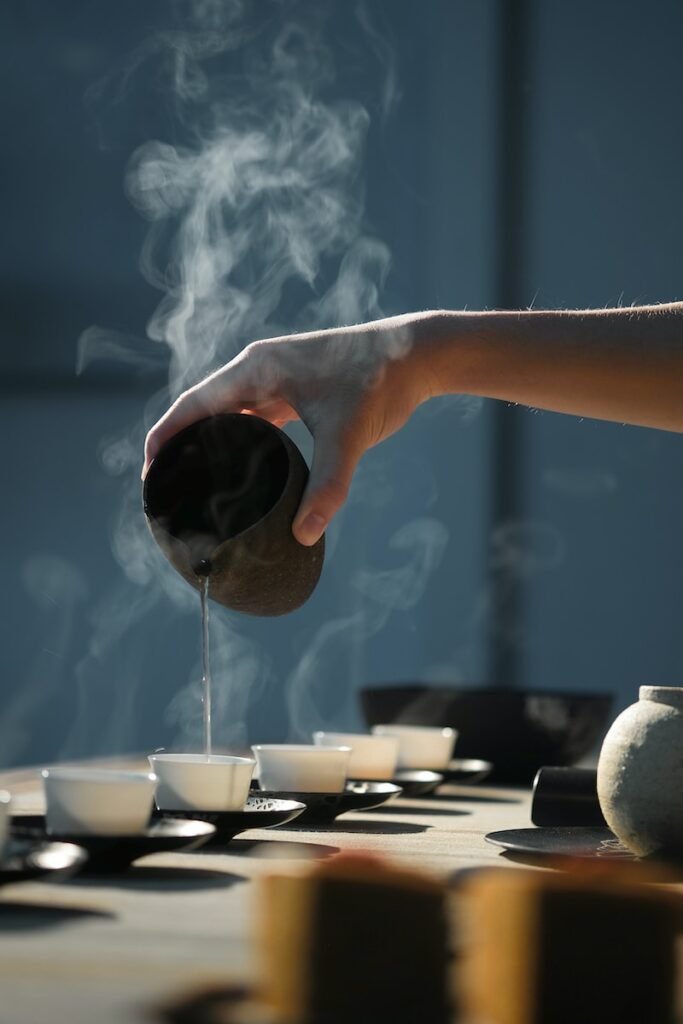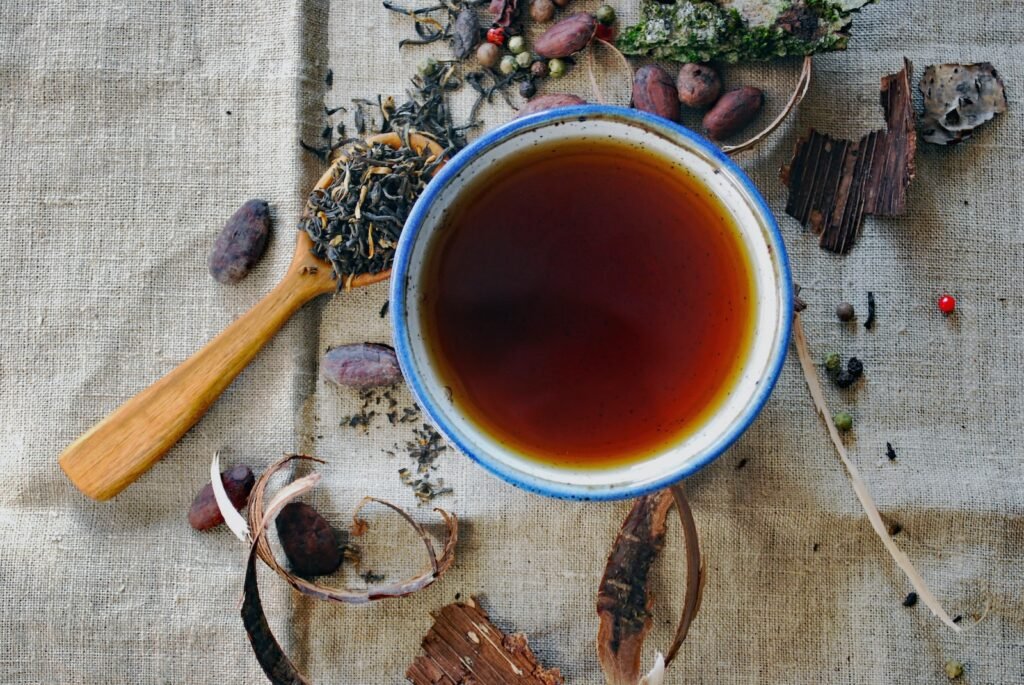The Art of Tea Making
Tea, the second most consumed beverage in the world after water, has a rich history and a deep-rooted cultural significance in many societies. From traditional brewing techniques passed down through generations to modern methods and experimental approaches, tea making is an art form that offers a multitude of paths to explore. In this article, we will delve into the diverse techniques of tea making, uncovering the secrets behind each method and the unique flavors they produce.
The Basics: Understanding Types of Tea
Before embarking on your tea-making journey, it is essential to understand the different types of tea available. There are six main categories: black, green, white, oolong, pu-erh, and herbal infusions. Each type undergoes a specific level of oxidation, resulting in distinct flavors and characteristics. Black tea, for instance, is fully oxidized and offers robust flavors, while green tea is minimally oxidized, preserving its fresh and grassy taste.
Traditional Brewing: Time-Honored Techniques
Traditional brewing techniques vary across cultures and have become integral parts of their tea-drinking traditions. For example, the British have their classic afternoon tea, which involves steeping black tea leaves in a teapot and serving it with milk and sugar. In contrast, the Chinese practice Gongfu Cha, a highly ritualized method that emphasizes multiple short steepings with small teapots or gaiwans to extract nuanced flavors.
The Perfect Temperature: Heat Control Tips
Achieving the perfect temperature while brewing tea is crucial to bring out its optimal flavors. Different types of tea require specific water temperatures. For delicate green and white teas, water around 175°F (80°C) is ideal, while black and herbal teas can withstand boiling water. Using a temperature-controlled electric kettle or a thermometer can help ensure precision in heat control, resulting in a more enjoyable tea-drinking experience.
Tea Infusers: Maximizing Flavor Extraction
Tea infusers, or tea strainers, play a vital role in maximizing flavor extraction during brewing. They come in various forms, such as mesh balls, baskets, and novelty shapes. Infusers allow the tea leaves or herbs to expand fully, releasing their flavors into the water. Additionally, they make it convenient to steep loose-leaf tea without the hassle of stray leaves floating in your cup. Invest in a high-quality infuser to enhance your tea-making process.
Gongfu Cha: The Chinese Tea Ceremony
Gongfu Cha, meaning “making tea with skill,” is a Chinese tea ceremony that showcases the elegance and precision of tea making. This traditional practice involves steeping tea leaves multiple times in small teapots or gaiwans. The brewing process is accompanied by thoughtful movements, from rinsing the leaves to pouring the tea into tiny cups. Gongfu Cha not only produces exquisite tea, but it also provides a meditative experience that connects practitioners to the art and history of tea.
Japanese Tea Rituals: From Matcha to Sencha
Japanese tea rituals are deeply rooted in Zen Buddhism and are known for their simplicity and attention to detail. Matcha, a powdered green tea, is the star of the famous Japanese tea ceremony called Cha-no-yu. Participants are led through a series of precise steps, including whisking the finely ground tea with hot water and serving it in special bowls. Sencha, on the other hand, is a more casual tea enjoyed in everyday life, often brewed using a kyusu, a traditional Japanese teapot.
Herbal Infusions: Exploring Caffeine-Free Options
For those seeking a caffeine-free alternative, herbal infusions offer a myriad of possibilities. Often referred to as tisanes, these teas are made from various dried flowers, herbs, and fruits, resulting in a range of flavors and aromas. Chamomile, peppermint, and hibiscus are popular choices. Herbal infusions can be enjoyed at any time of the day and are known for their soothing and therapeutic properties.
Modern Brewing Methods: Teapots and Machines
As technology advances, so do tea brewing methods. Modern teapots and machines offer convenience without compromising the quality of the tea. Electric kettles with built-in infusers, automatic tea makers, and even smart brewing devices have revolutionized the way we make tea. These innovations ensure that tea enthusiasts can enjoy a perfectly brewed cup with just a push of a button.
Cold Brewing: Refreshing Tea for Hot Summers
During scorching summers, cold-brewed tea provides a refreshing alternative to hot beverages. Cold brewing involves steeping tea leaves in cold water for an extended period, typically overnight. This slow extraction process imparts a smooth and subtly sweet taste to the tea. Cold-brewed tea is also less bitter and contains fewer tannins than its hot brewed counterpart, making it an ideal choice for those who prefer milder flavors.
Tea Blending: Creating Unique Flavor Profiles
Tea blending is an art that allows tea enthusiasts to create unique flavor profiles by combining different types of tea and ingredients. Blends can range from fruity and floral to spicy and smoky, depending on personal preferences. Many tea companies and enthusiasts experiment with blending to develop signature teas that offer a delightful twist on traditional flavors. Embark on a tea-blending adventure and discover your own perfect cup.
For those who want to push the boundaries of tea making, experimental techniques offer a world of possibilities. This includes aging tea leaves to develop deeper and more complex flavors, smoking tea leaves over various woods for a unique smoky taste, or even incorporating tea into culinary creations. These experimental methods allow tea lovers to explore uncharted territories and indulge in extraordinary tea experiences.
Tea making is an art that continues to evolve and captivate tea enthusiasts worldwide. Whether you prefer traditional brewing methods rooted in centuries-old traditions or embrace the innovations of modern technology, the world of tea offers endless avenues to explore. With each technique, temperature adjustment, and infusion, you can embark on a sensory journey, discovering new flavors and connecting with the rich cultural heritage behind this beloved beverage. So, grab your teapot or teacup and start exploring the many paths to tea brewing.


